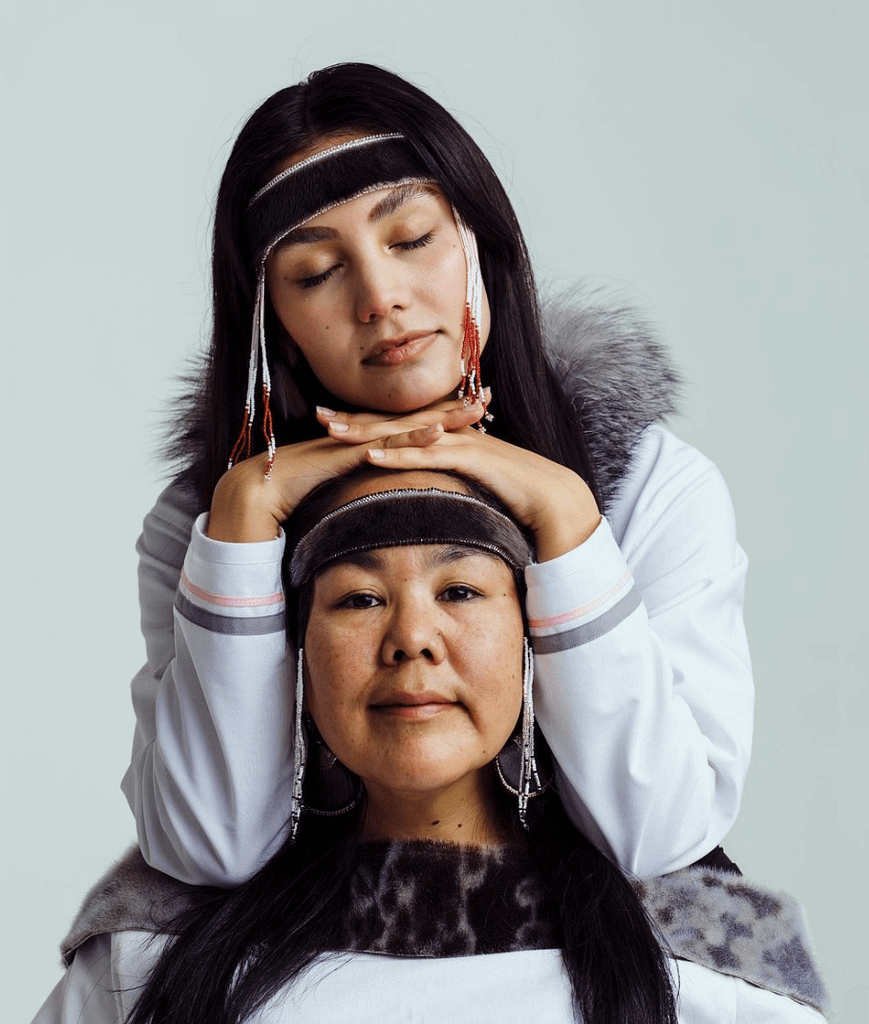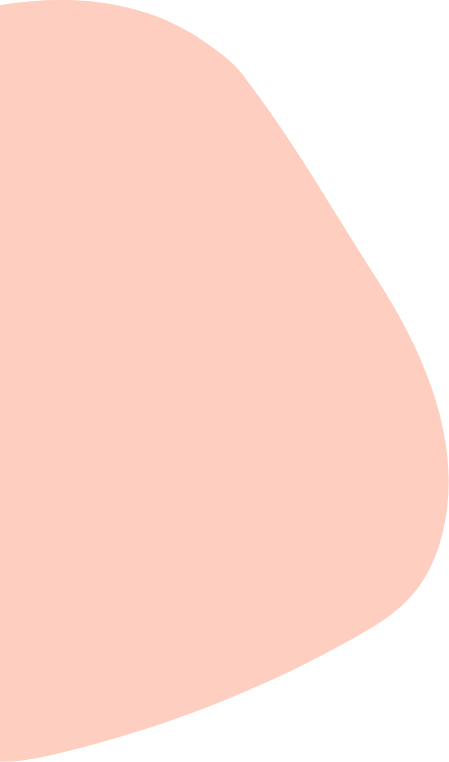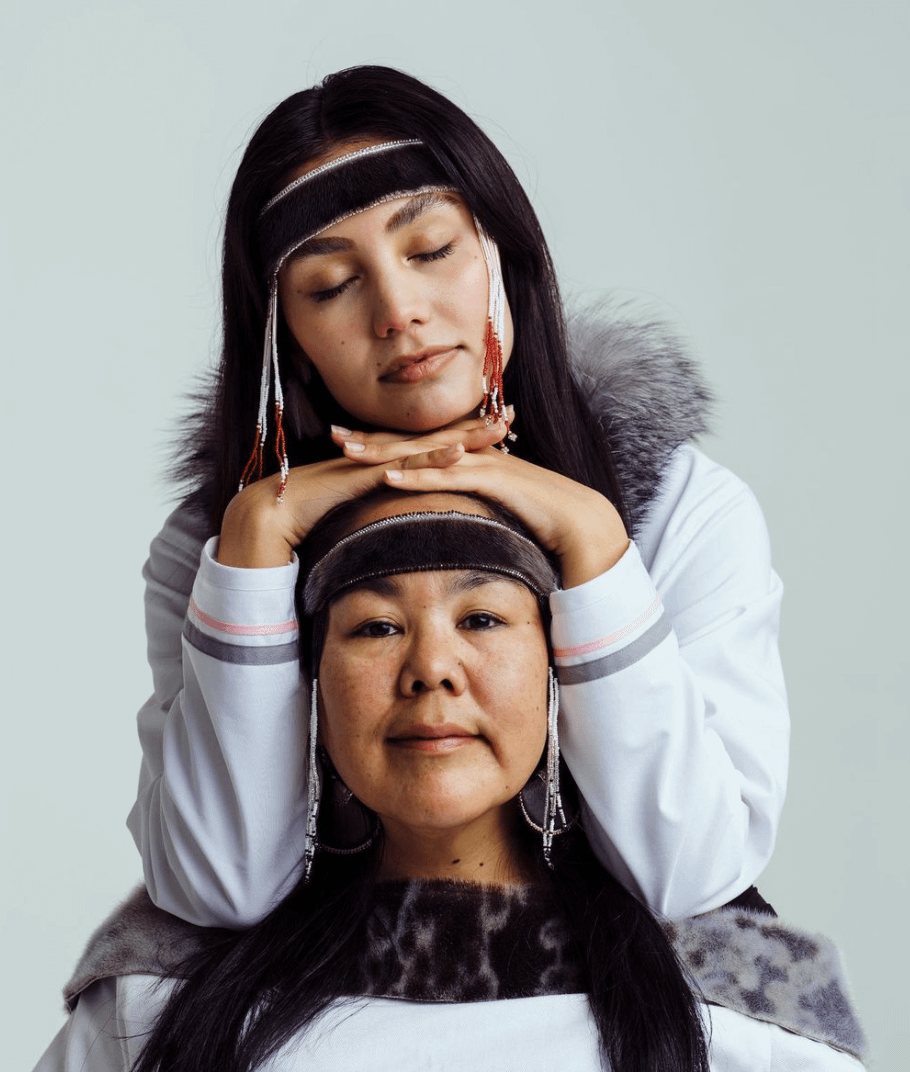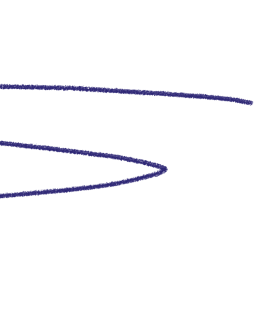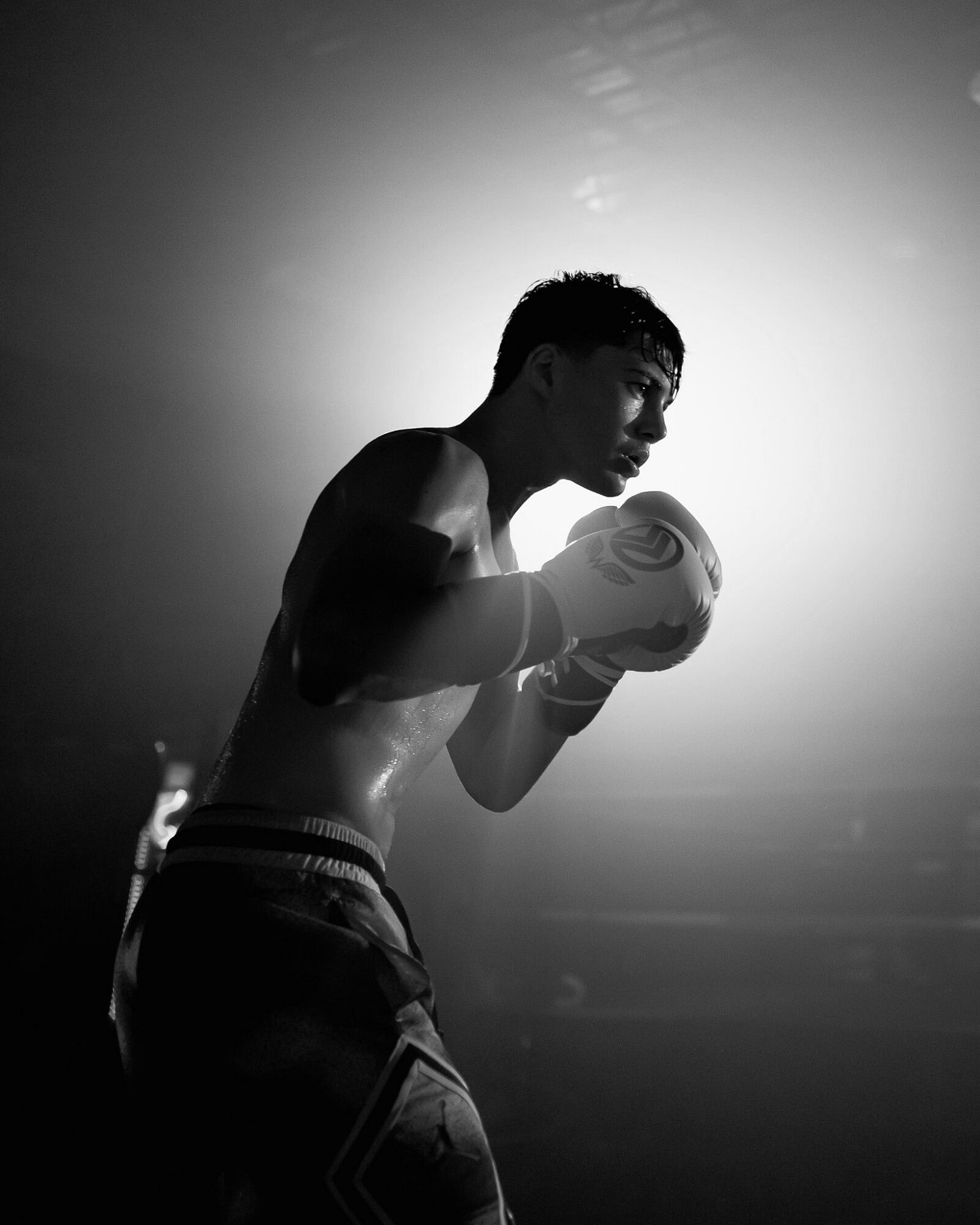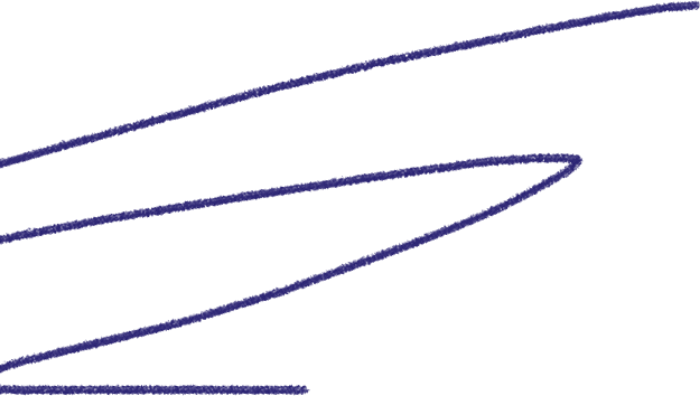The conversation around parity and representation in our industry is nothing new. Despite our increasingly interconnected world, Indigenous groups remain not only misrepresented, but incredibly underrepresented in the media and while our mission is to gain positive momentum in changing this, we feel there is even more that needs to be done.
When suicide rates among First Nation youth are five to seven times higher than other young non-Indigenous Canadians, yet only 0.46% of news media coverage from 2012 to 2013 focused on the Indigenous people of Ontario - we must take action to open up the conversation and be a part of the change.
Educate ourselves, do the research.
Here at Dulcedo, we represent diversity and authenticity. We want our platform to amplify Indigenous voices in order to shed light on the institutionalized shortcomings that directly affect Indigenous people in Canada. Above all, we want our talents to be heard, not only seen.
We are immensely lucky to have Shina Novalinga on our talent team, a 22-year-old Inuk creator based in Montreal. By day, Shina is a college student studying business management, but on TikTok and Instagram, she brings her Indigenous culture (and style) to the app. To launch Dulcedo’s Education Month Campaign, Shina spoke to us about her mission, what throat singing means to her, and the fight to keep her culture alive.
What are some things you wish people knew about your culture and should know?
I want people to know that our culture is still very present and strong. It's not something that was hundreds of years ago — it's something that is still being done right now. We're still practicing our cultureI want people to see the beauty of it. We do face issues still today and it's important to talk about it. But it's also important to learn the beauty of our culture, our practices, our food, and how rich it is.
I want people to know that we're all on the same page. We should be supporting each other and not be against each other. I think a lot of people misunderstand that, telling us that what we're doing is wrong. I want people to understand that, "Hey! We're supposed to be in this together."
How has social media helped you teach others about your culture?
I'm so glad we have social media as a platform today to educate. A couple of years ago, we didn't have that option. It's a lot easier because it's not like I have to do interviews and wait for them to get out. It's such an easier way to reach everyone around the world. You're just a click away and everyone can connect easily and communicate with each other. I think it's made it so much easier.
It's crazy to see [social media] change. I think it's the right time now, especially because of the movements we've seen in the last couple of months. That's helped a lot, too, to put our foot down and finally speak up.
When did you start throat singing? How did you learn?
[My mother] has always made me comfortable when learning how to throat sing. It takes time, practice, and mistakes. She always pushed me to keep going and encouraged me to learn. Throat singing is important in our culture because it had almost been a lost tradition due to missionaries. We are now taking it back and passing it down to keep it alive. Throat singing allows us to connect with the sound of nature and the animals. It also allows us to connect with our ancestors, our soul and our voice. The connection between my mother and I grows bigger as we throat sing together. It's always a beautiful moment for us.
Inuit throat singing was nearly lost in Canada after Christian missionaries banned it in the early 20th century. What does it mean to you to be able to reclaim throat singing in this way?
It means so much because there aren’t many women who know how to throat sing, but my mother is one of them. She learned directly from a professional, an elder, someone who kept the culture alive and passed it down to younger generations. And now, to put it on social media, I feel like our voices – mine, my mother’s and our people – are finally being heard. We want to throat sing for those who couldn’t.
Last year, you raised over $12,000 using TikTok and GoFundMe, to donate to local women’s shelters. Why is giving back important to you?
It’s always been part of my values to help my people, and I felt like I could use this platform for good. I grew up with so many women around me, so it was super important for me to help others, especially those who have gone through trauma and abuse and are still trying to speak out about the missing and murdered Indigenous women. I will continue to use my platform this way – it helps me reconnect with my roots and my identity.
Useful Ressources for Indigenous Education
